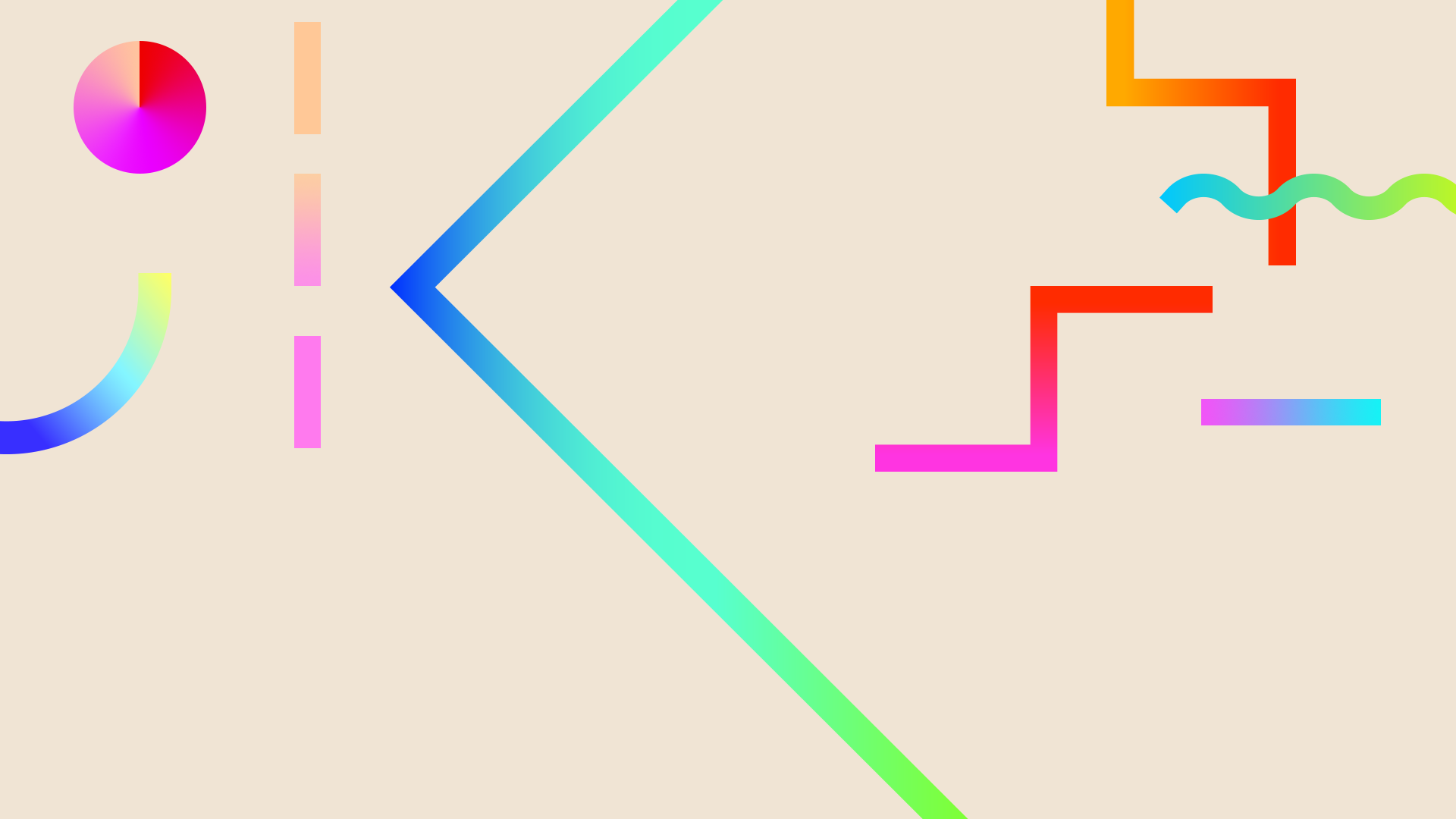
An Invitation to Parents
Parents and friends, please join us and be a part of our learning community!
The goal of our class is to nurture students as a whole person who grows to be an independent learner in the most possible way, and be communicative, in their capable manners, to enjoy and build amicable relationships within and beyond the learning community. To reach this goal, WE NEED YOUR HELP! If you are a parent or a family member, I welcome you to join our learning community, because your participation will bring essential elements to your child's learning to be as a whole person (like the root of the Cultural Tree) and benefit him or her in building connections and use of the knowledge and skills in real life. There are multiple ways you can participate in our community: direct participation and indirect participation.
Direct participation means you participate in school or class activities in person. Special events listed in the following categories will be announced in advance of the scheduled date.
· Parent-teacher conference
· Field trips
· School-wide activities
· Parent morning meetings
Indirect participation means you are not able to participate in activities in person, but you help your children in homework, update their knowledge, have conversation with them about school, and apply their learning at school to daily life.
· Read with your child
· Play math games with your child
· Solve problems with your child everywhere you are together
· Keep tracking schoolwork and bulletin board
· Frequently COMMUNICATE with the teacher via electronic devices (e.g., email, my website, SEESAW app-that’s where we will update our class events and learning objectives)

Choice of Behavior for Respect
Do you know? Having your child behave in socially appropriate behaviors, or in other words showing respect to others, takes years of experience since early childhood along the way when the child interacts with others. The expectation is that he/she understands the relationships and follows the ways expected at various circumstances. The following explanation and matrix can briefly illustrate how complex, or difficult for many children with disability, learning socially acceptable behavior can be.
Firstly, we need to understand what is RESPECT. Respect is a cognitive, language, and socio-behavioral process that anchors in multi-layer choices made at constantly changing contexts, based on which the child exhibits a series of socially accepted behavior. There are two general modes of behavior – static and active –within which there are three intensity levels of the generated behavior. The student judges the expectations at different contexts, and accordingly changes modes and levels of intensity based on his/her past experiences. Successful transitions between different modes and levels require adequate acknowledge of time and space. A failure of the judgement of correct behavior mode, level, time and space all produces an interpretation of socially unacceptable behavior. Students with disability or those who are not overly instructed how to make correct choices may find the process perplexing and stressful when transitioning roles and changing modes at different contexts.
Let’s use the following matrix chart to illustrate the multi-layer RESPECT processes:
Classroom Respect Or Disrespect(Expectations of behavior, time, and space)
Cultural Tree: Young Trees Absorb Nutrition from The Environment
